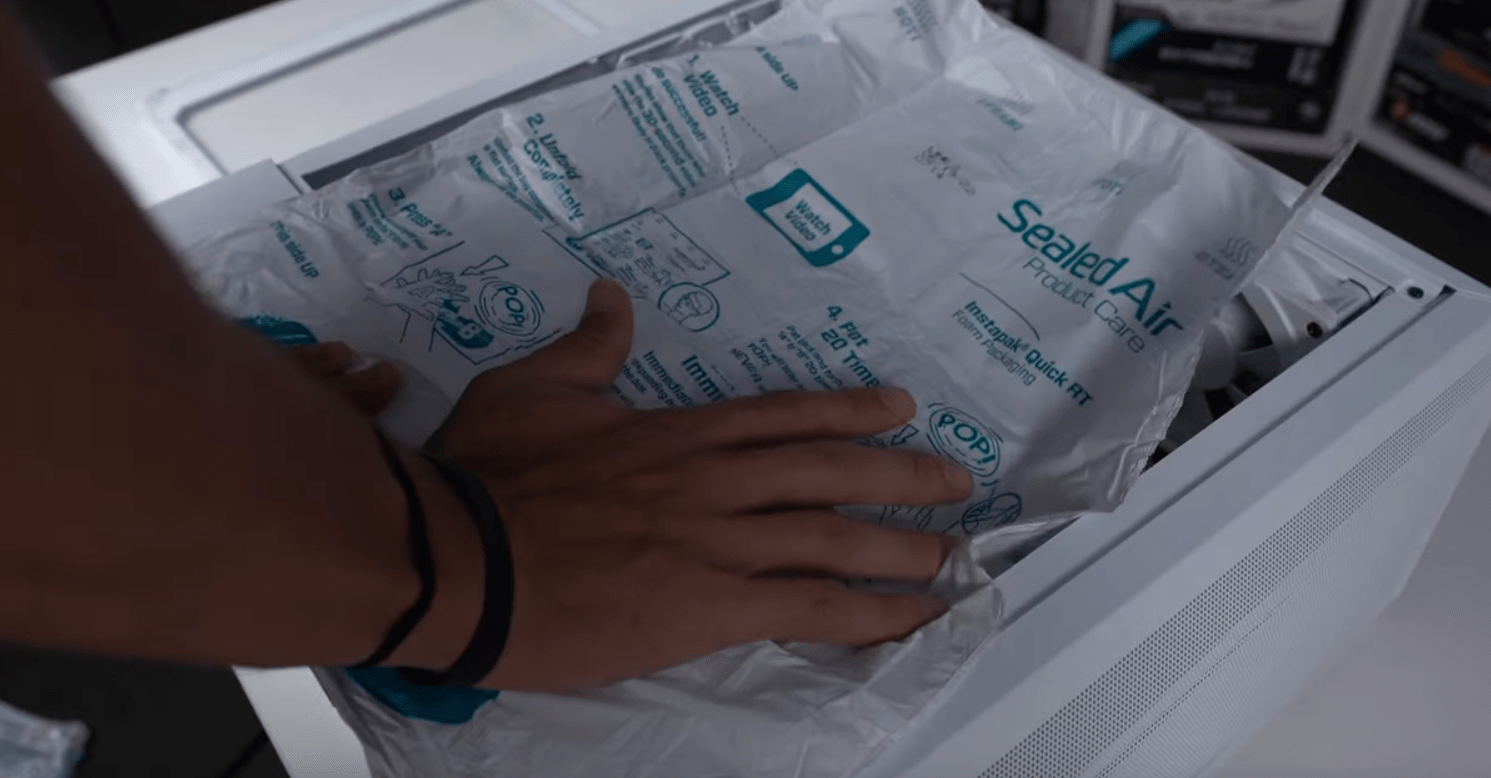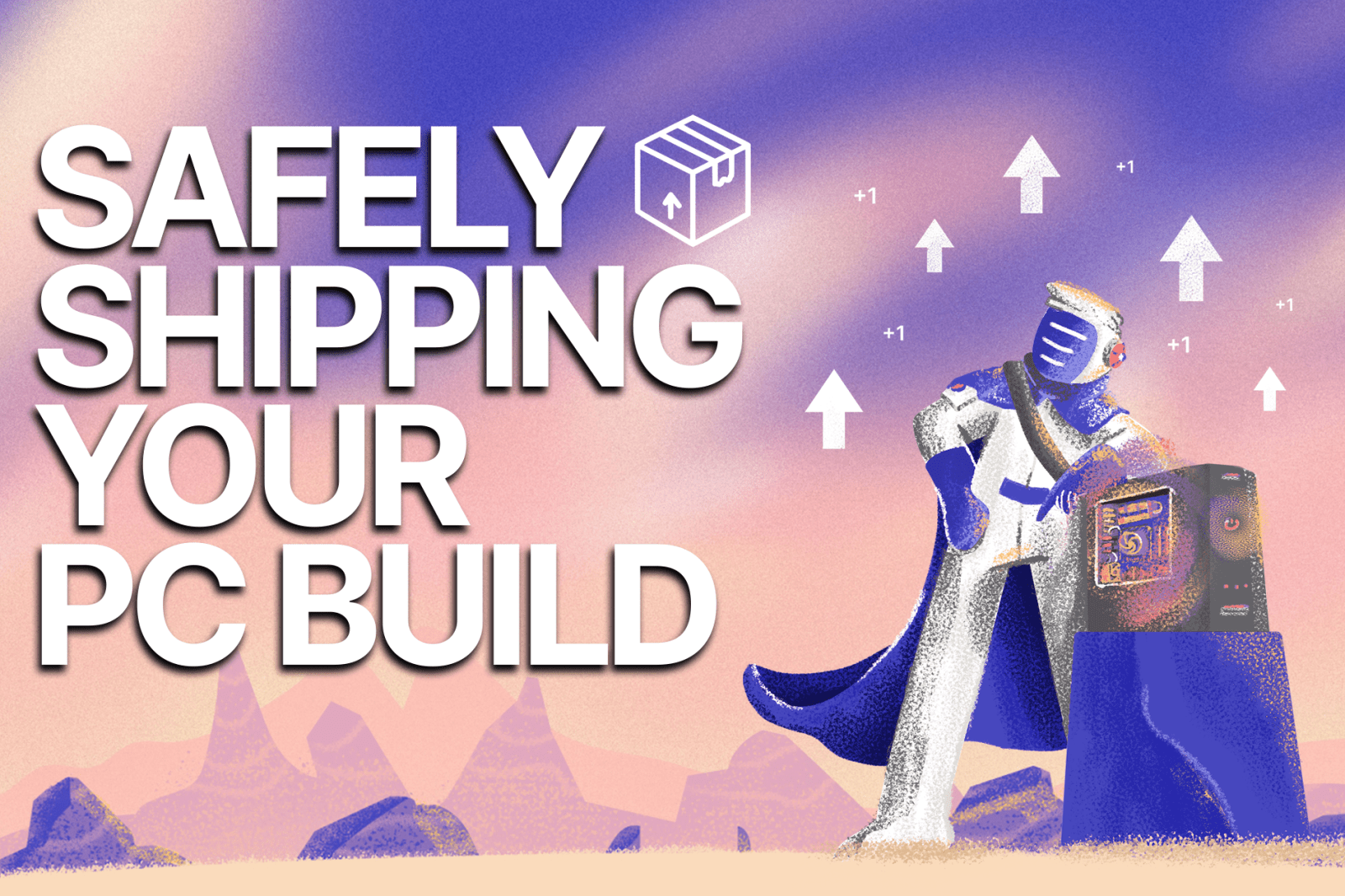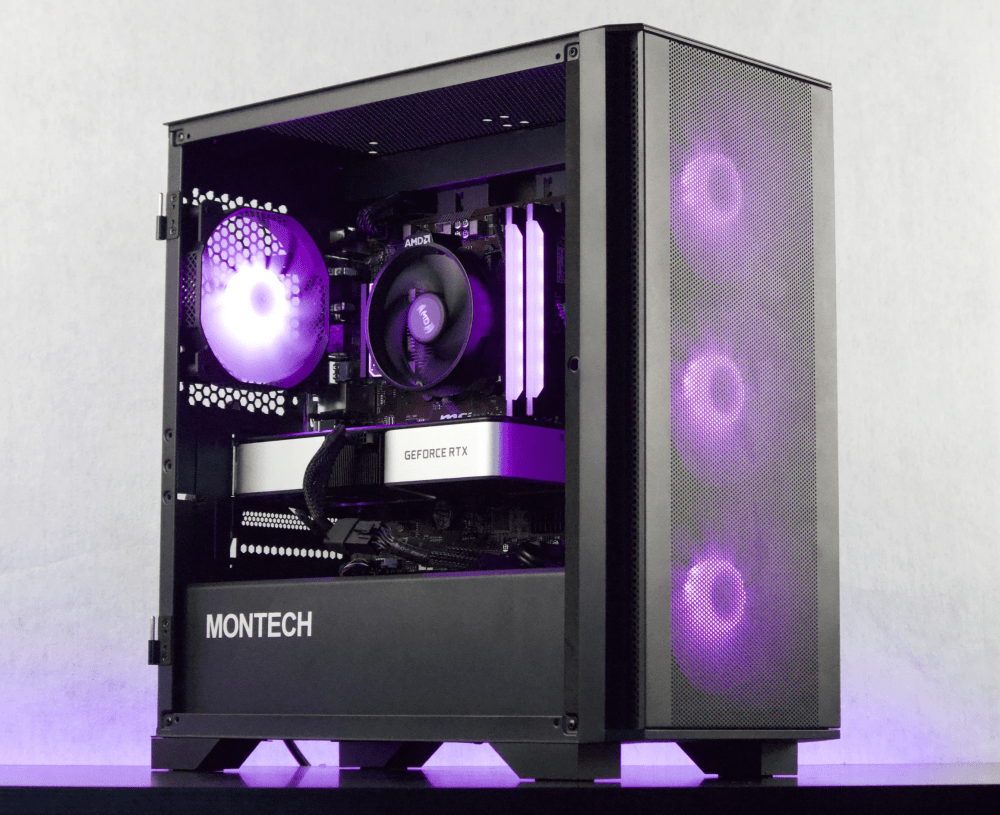When it comes to selling custom PC builds, the journey from your workshop to the customer’s hands is fraught with risks. The shipping process is where your craftsmanship faces its toughest test yet. Let's dive into the essential guide to ensure your PC build arrives in pristine condition, preserving both your reputation and profit margins.
Why Safe Shipping Is Crucial
The importance of secure shipping cannot be overstated. Imagine this: shipping costs you $30, but a damaged component upon arrival could lead to expenses upwards of $60 for repairs and additional shipping. This could eat into, or even surpass, your profit margins. While Jawa offers shipping insurance, preventing damage in the first place is always preferable to dealing with claims, which can be time-consuming and a hassle.

Invest in Protection
Some may argue against spending extra on protective materials like Instapack expanding foam, but this is shortsighted. A small upfront cost can prevent major losses down the line. Using Instapack can secure internal components like the CPU cooler, graphics card, and more, ensuring nothing moves during transit. It’s a simple step that involves activating the foam in the bag and placing it inside the case before it expands to form a custom-fit protective layer.
Cable Management
Proper cable management is essential not just for aesthetics but also for the safety of your build during shipping. Secure cable management ensures nothing gets disconnected en route. Pay extra attention to easily dislodged connectors, such as RGB connectors, securing them to prevent any movement.
Packing Your Build
The best practice for packing your PC build is using the original case box, which includes pre-cut foam for optimal protection. Adding extra packing materials on the sides, especially around the tempered glass, can provide additional security. Collect packing materials from other shipments to save costs without compromising on safety.

Going the Extra Mile
For added security, consider using plastic shipping corners to protect your build's edges and double-boxing. Double-boxing, when done correctly with ample packing material, can significantly reduce the risk of damage. This method requires a second box slightly larger than the original, filled with enough packing material to prevent any movement of the inner box.
Prepare for the Worst: Shipping Claims
Despite all precautions, damages can occur. Prepare yourself and the customer for the possibility of a shipping claim. Ensure the build is insured and instruct the customer to retain all packing materials and not attempt any repairs before documenting the damage. This preparation can make the insurance claim process smoother and more successful.
Final Thoughts
By following these steps, you can significantly reduce the risks associated with shipping PC builds. While some tips may involve additional costs, the investment is worthwhile to ensure your build arrives safely, maintaining customer satisfaction and protecting your profits. Remember, these practices are not only applicable to PC builds but can be adapted for shipping any valuable electronics.
Join us in the Jawa Discord server for more insights and support from our community of PC enthusiasts and experts. Happy building and shipping!






